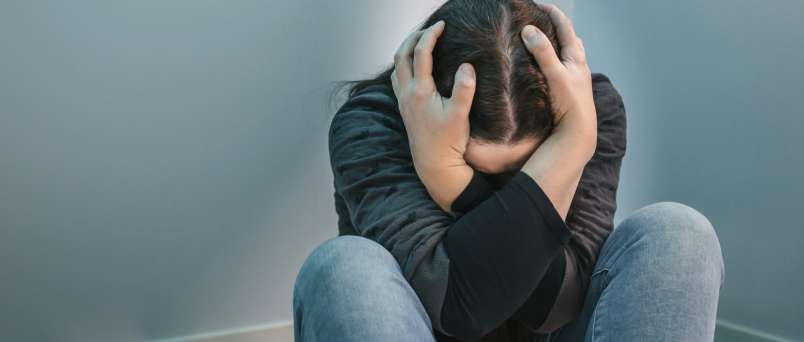What is Bipolar Disorder and Its Treatments?
What is bipolar disorder?
Bipolar disorder is a psychological health condition manifest by extreme shifts in mood.
Key symptoms include:
- a tremendously elevated mood, or episodes of mania
- or a low mood, or episodes of depression
Previous terms for bipolar disorder consist of bipolar disease and manic depression.
This disorder isn’t an uncommon condition. The National Institute of Mental Health explained that 2.8 percent of United States adults — nearly 5 million people — have bipolar disorder.
Although this disorder doesn’t have a treatment, many treatments are available that are effective. These treatment options can benefit you learn to cope with mood episodes, which can recover not only your symptoms but also your overall worth of life.
Types of bipolar disorder
There are three main types bipolar disorder: Bipolar I, Bipolar II, and Cyclothymia.
1-Bipolar I
Presence of at least one manic episode confirms the symptom bipolar I disorder. You may face hypomanic episodes, which are not more severe than manic episodes, or major depressive episodes afore and later the manic episode. This type of disorder distresses people of all sexes in the same way.
2-Bipolar II
Individuals with bipolar II face one major depressive episode that continues for at least 2 weeks. These people also have at least 1 hypomanic episode that remains for about 4 days. According to recent studies, this type of disorder may be less common in men than women.
3-Cyclothymia
Individuals with Cyclothymia have episodes of depression and hypomania. These episodes comprise symptoms that are less severe and shorter than the depression and mania experienced in bipolar I or bipolar II disorder. Most people with this state only experience no mood symptoms for one or two months at a time.
A doctor or therapist can suggest to you more accurately which type of disorder you are suffering from.
Bipolar disorder treatments
Many treatments can help you to cope with bipolar disorder symptoms. These consist of medications, lifestyle changes, and counseling.
Medications

Medications may include:
- mood stabilizers: lithium (Lithobid)
- antipsychotics: olanzapine (Zyprexa)
- antidepressant and antipsychotics: fluoxetine-olanzapine (Symbyax)
- a benzodiazepine is a form of anti-anxiety medicine used for short-term cure
Psychotherapy
Therapeutic approaches may include:
1-Cognitive-behavioral therapy
Cognitive-behavioral therapy is a type of talk therapy that assists you to identify and discourse unhelpful thoughts and alter unwanted patterns of behavior.
This therapy has a safe space to discuss means to cope with your symptoms. A therapist can also offer assistance with:
- comprehending thought patterns
- reframing distressing patterns
- practicing and learning more helpful treatment methods
2-Psycho-education
Psycho-education is a beneficial approach focused on helping you learn about a disorder and its treatment. This information can go a long way to help you and the loyal people in your life also identify early mood conditions and manage them more efficiently.

3-Interpersonal and social rhythm therapy
This therapy focuses on modifying daily habits, such as eating, exercising, and sleeping. Balancing these routine basics could lead to less severe symptoms and fewer mood episodes.
4-Online therapy options
Interested in online therapy? Contact us to find the right fit for your Bipolar disorder

